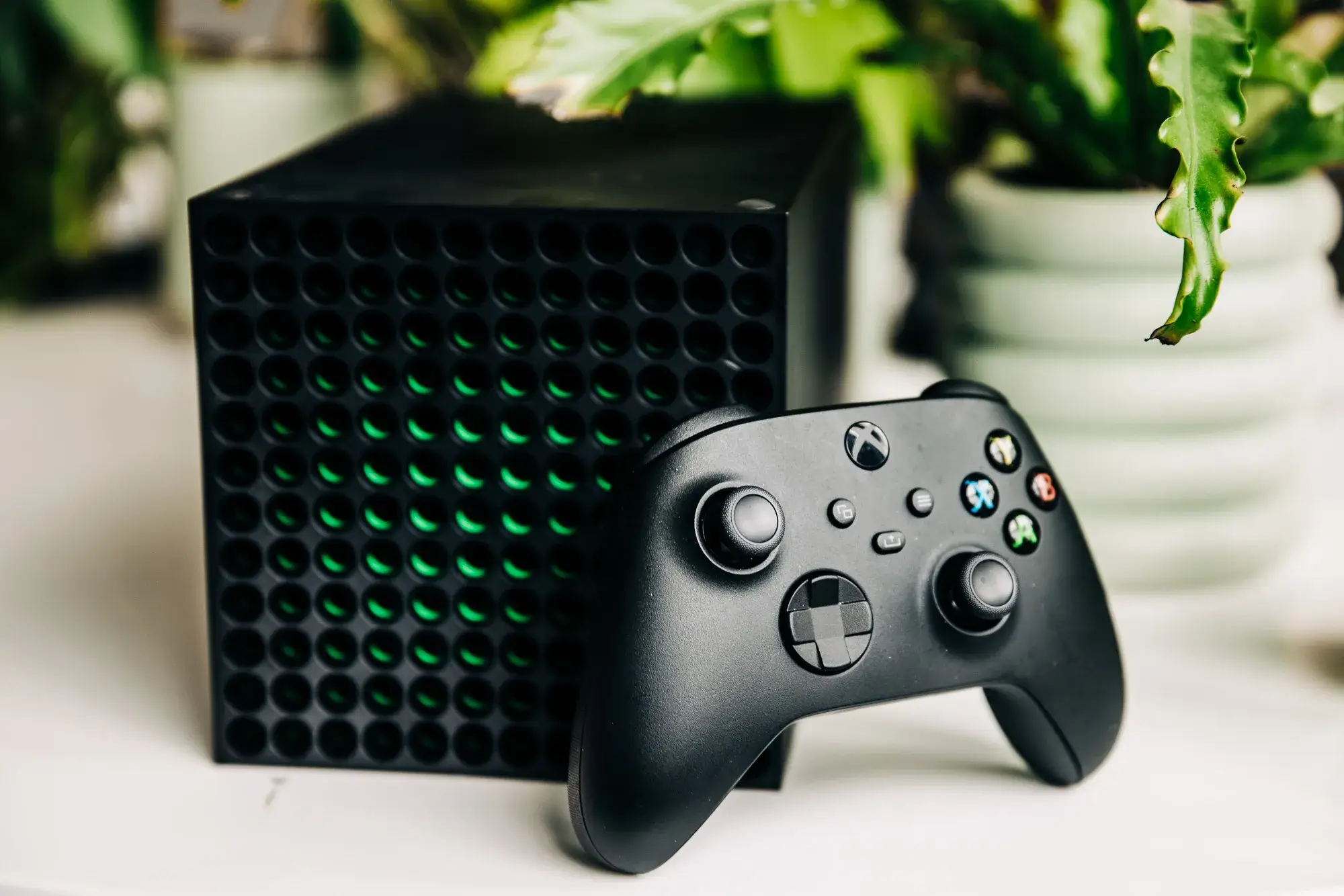In a move poised to reshape the landscape of content creation and AI development, Cloudflare has launched a new tool empowering website owners to control and even monetize AI bot access to their content. This innovative system, dubbed "Pay Per Crawl," allows website operators to dictate whether AI crawlers can access their sites, block them entirely, or charge them a fee for access. This marks a significant shift in how online content is valued and consumed in the age of artificial intelligence.
For years, the internet operated on an exchange where search engines indexed content, driving traffic back to websites and generating ad revenue. However, the rise of AI crawlers, which collect content to train large language models (LLMs) and generate AI responses, has disrupted this model. These crawlers often extract content without directing users back to the original source, depriving creators of revenue and recognition. Some AI companies even circumvent standard protocols used to block scraping, arguing they haven't broken any laws by accessing content for free.
Cloudflare's new tool aims to address this imbalance by giving website owners greater control over their content and ensuring fair compensation for its use. With Pay Per Crawl, website owners can choose from three options: allow complete and free access, block access entirely, or charge a set price for access. When an AI crawler requests content, it must either present payment intent or receive a "402 Payment Required" response with pricing information. Cloudflare acts as the "Merchant of Record," handling billing and revenue distribution.
This initiative is supported by major publishers, including Condé Nast, the Associated Press, Reddit, and Pinterest. These organizations believe this tool is a crucial step in helping online creators regain control of their work. Several leading publications have already signed up for the service. Cloudflare's Chief Strategy Officer, Stephanie Cohen, stated that the goal is to give publishers control over their content and ensure a sustainable ecosystem for online content creators and AI companies.
Cloudflare's move has significant implications for AI developers. Companies like OpenAI, Anthropic, and Meta will now face clear content-access terms, which could reduce training-data disputes, foster licensed AI model development, and promote AI transparency. AI companies can also clearly state their purpose for crawling – whether it's for training, inference, or search – to help website owners decide which crawlers to allow. This provides certainty to AI companies, as paying the toll guarantees legal access to the content, saving negotiation and avoiding legal uncertainties.
However, Cloudflare's initiative also raises concerns about the potential fragmentation of the open web. Smaller AI startups may avoid crawling gated sites, and not all websites will opt into the system, leading to an uneven playing field where some brands are well-represented in AI experiences, while others are virtually invisible. Some experts warn that visibility may now depend not just on ranking but on crawler access settings, payment policies, and bot authentication.
Despite these concerns, Cloudflare's new tool represents a significant step toward a more balanced and sustainable online ecosystem. By empowering website owners to control and monetize AI bot access, Cloudflare is paving the way for a future where content creators are fairly compensated for their work, and AI companies can access the data they need in a transparent and responsible manner. This could potentially spark a tokenized content gold rush, where digital content is valued and traded using tokens, similar to how cryptocurrencies are used in financial transactions.
Cloudflare's Bot Management also offers features such as machine learning, behavioral analysis, and fingerprinting to accurately classify bots and differentiate between human and bot traffic. Customizable rules allow users to block bots from specific countries, limit requests from certain IP addresses, or challenge suspicious user agents. The system provides real-time traffic monitoring and detailed analytics for insights into bot activity. This enhanced security protects against bot-driven attacks like credential stuffing, scraping, and fraud, reducing the risk of data breaches and intellectual property theft.















